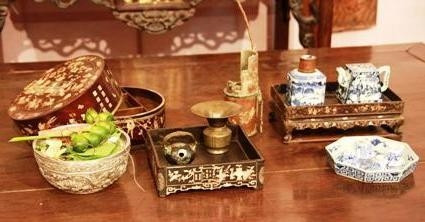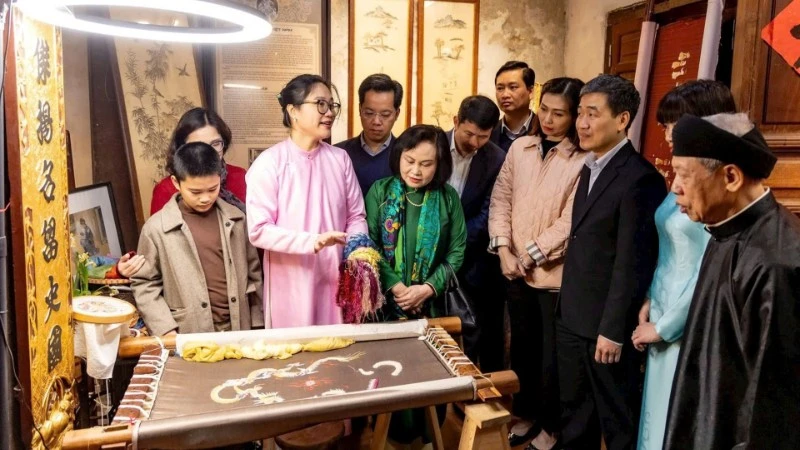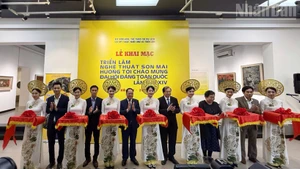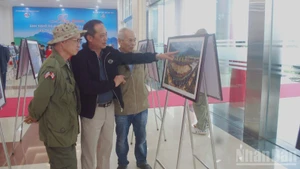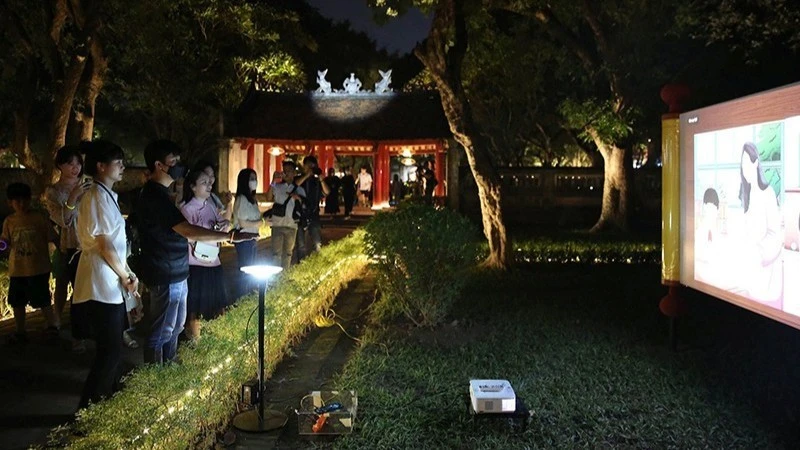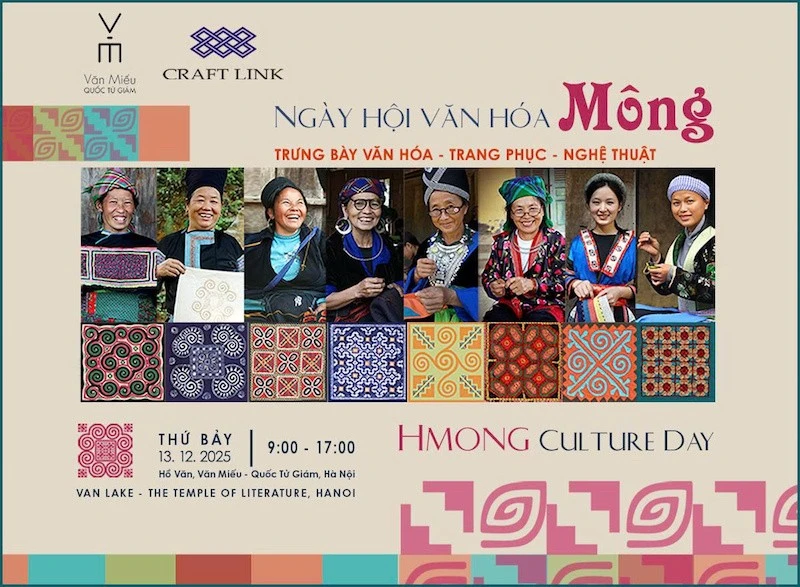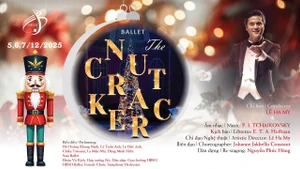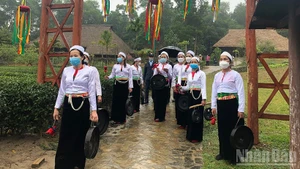Lime pots, spittoons, betel quids, and betel trays and mortars made of silver, bamboo, wood and stone are on display to illustrate the age-old Vietnamese custom of chewing betel leaves with areca nuts.
Highlights of the exhibition include sets of utensils used to prepare betel and areca from different Vietnamese ethnic groups such as Kinh, Tay, Cham, Khmer, Xo Dang, Xtieng, as well as some made of gold and silver decorated with sophisticated patterns, which belonged to wealthy people during the Nguyen dynasty.
More than 40 of the artifacts displayed belong to collector Nguyen Trung Thanh, who owns more than 300 objects related to betel and areca traditions. He became interested in the custom through his grandmother, who enjoyed chewing betel and areca.
Videos and writings at the exhibition also introduce the origins of the long-standing tradition and demonstrate how to make a quid of betel and areca in the form of pheonix wing. They also present information on the appearance of betel and areca in traditional Vietnamese ceremonies such as weddings and religious rituals.
According to VNMH deputy director Dr Nguyen Dinh Chien, even though the custom of chewing betel is now fading away, betel and areca are still indispensable offerings for many traditional ceremonies in Vietnam.
The exhibition, held jointly by the VNMH, the Vietnam Museum of Ethnology and the Vietnam Women’s Museum, will run through January 2013.

Making a quid of betel and areca

A quid of betel and areca in the form of pheonix wing
